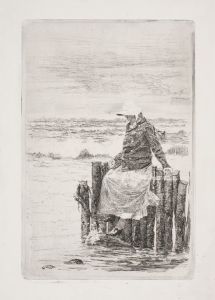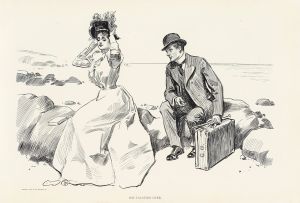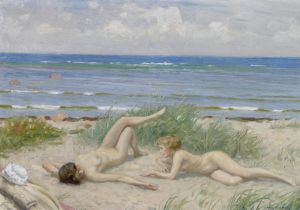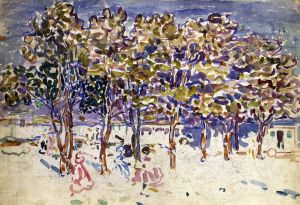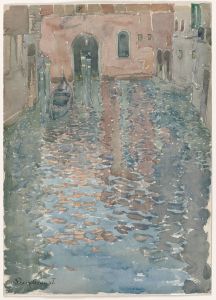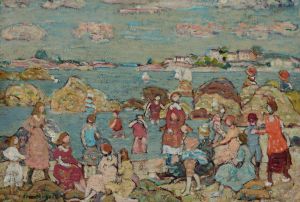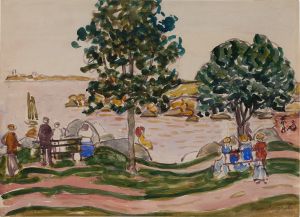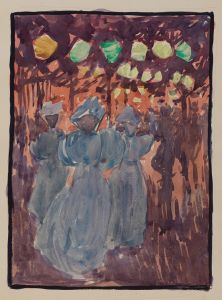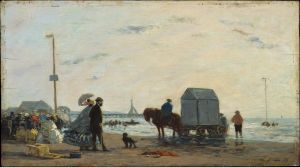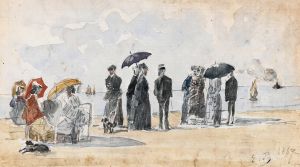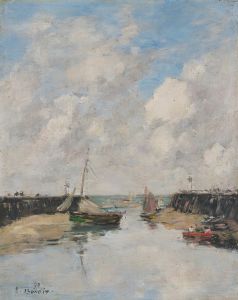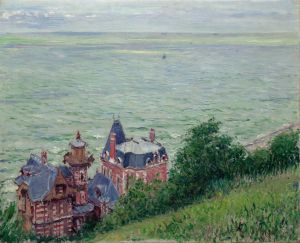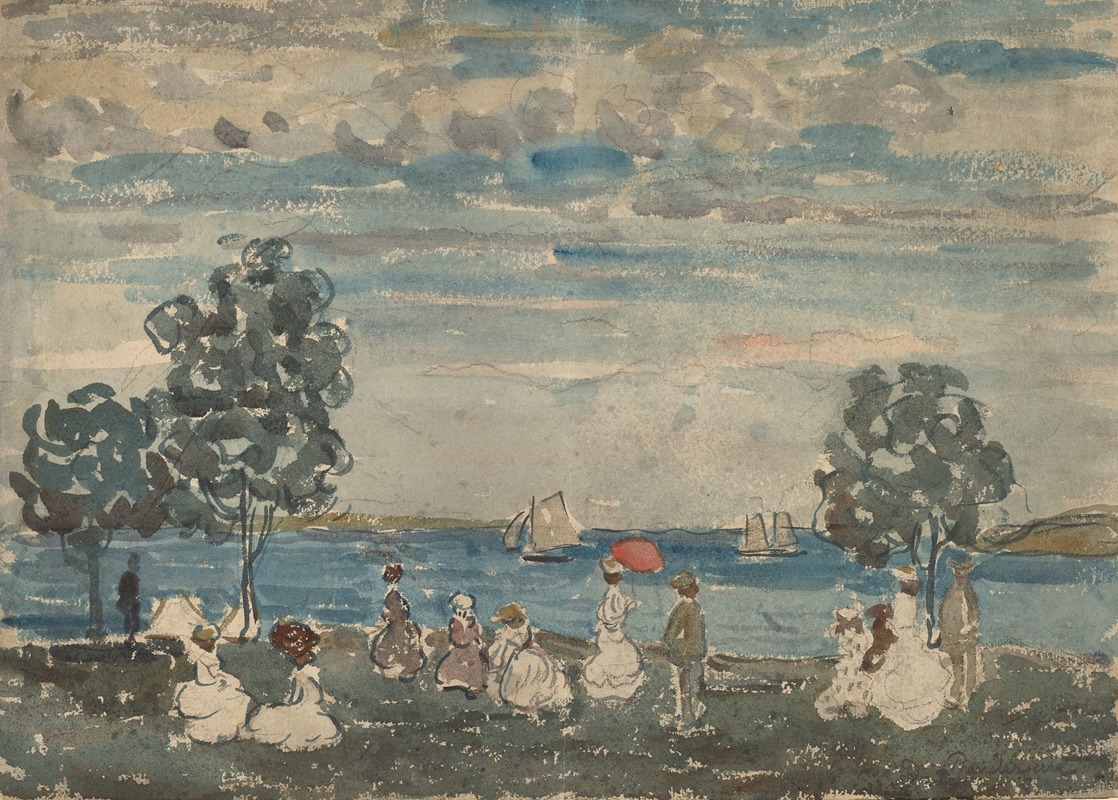
Figures on a Beach
A hand-painted replica of Maurice Prendergast’s masterpiece Figures on a Beach, meticulously crafted by professional artists to capture the true essence of the original. Each piece is created with museum-quality canvas and rare mineral pigments, carefully painted by experienced artists with delicate brushstrokes and rich, layered colors to perfectly recreate the texture of the original artwork. Unlike machine-printed reproductions, this hand-painted version brings the painting to life, infused with the artist’s emotions and skill in every stroke. Whether for personal collection or home decoration, it instantly elevates the artistic atmosphere of any space.
Maurice Prendergast's "Figures on a Beach" is a notable example of the artist's distinctive style and his contribution to American Post-Impressionism. Maurice Brazil Prendergast (1858-1924) was an American Post-Impressionist artist known for his vibrant and colorful depictions of leisurely scenes, often featuring groups of people in parks, at the beach, or in urban settings. His work is characterized by a mosaic-like quality, with bold colors and rhythmic patterns.
"Figures on a Beach" captures a lively scene of people enjoying a day by the seaside. The painting is celebrated for its use of color and composition, which reflect Prendergast's interest in the decorative aspects of painting. The figures in the painting are depicted in a stylized manner, with an emphasis on the overall harmony of the scene rather than on individual details. This approach is typical of Prendergast's work, which often focuses on the collective experience of leisure and recreation.
Prendergast was influenced by his travels to Europe, where he was exposed to the works of the Post-Impressionists and the Nabis, a group of avant-garde artists. His time in Paris, in particular, had a significant impact on his artistic development. He studied at the Académie Julian and was influenced by the works of artists such as Pierre Bonnard and Édouard Vuillard. The influence of these artists is evident in "Figures on a Beach," with its emphasis on color, pattern, and the decorative arrangement of forms.
The painting is executed in watercolor, a medium Prendergast frequently used. Watercolor allowed him to achieve the luminous and transparent effects that are characteristic of his work. In "Figures on a Beach," the use of watercolor contributes to the light and airy quality of the scene, enhancing the sense of a carefree day at the beach.
Prendergast's work, including "Figures on a Beach," is often associated with the American Impressionist movement, although his style is more closely aligned with Post-Impressionism. He was a member of The Eight, a group of American artists who exhibited together in 1908 in a show that challenged the conservative standards of the National Academy of Design. The group's work was diverse, but they shared a commitment to depicting contemporary life and exploring new artistic approaches.
"Figures on a Beach" exemplifies Prendergast's ability to capture the essence of a moment through his unique artistic vision. The painting's composition, with its rhythmic arrangement of figures and vibrant color palette, conveys a sense of joy and spontaneity. It reflects Prendergast's fascination with the social interactions and leisurely activities of people, a theme that recurs throughout his body of work.
Today, Maurice Prendergast's paintings, including "Figures on a Beach," are held in high regard and can be found in major art museums and collections across the United States. His work continues to be celebrated for its innovative use of color and form, as well as its ability to capture the spirit of early 20th-century American life.





